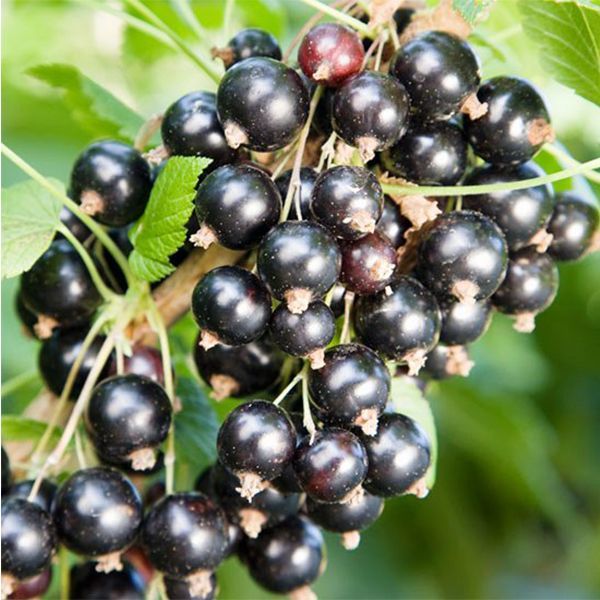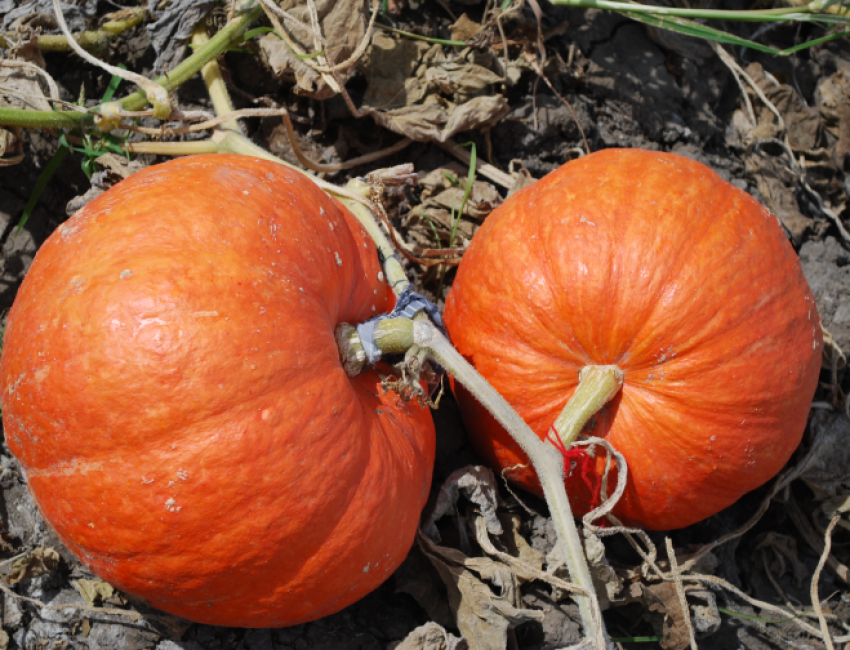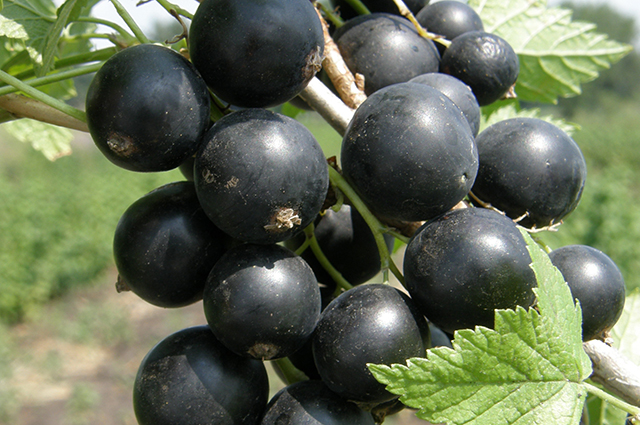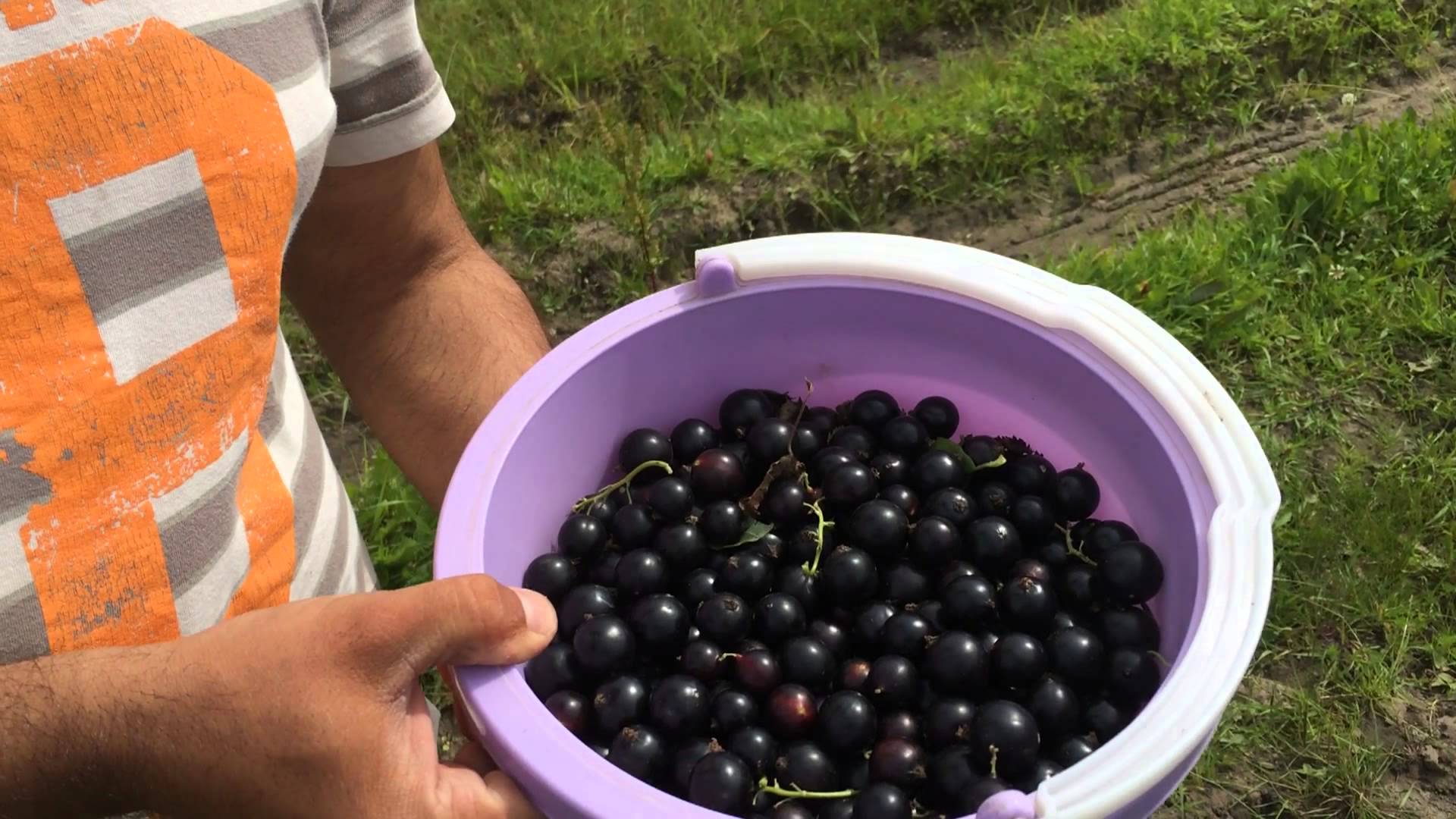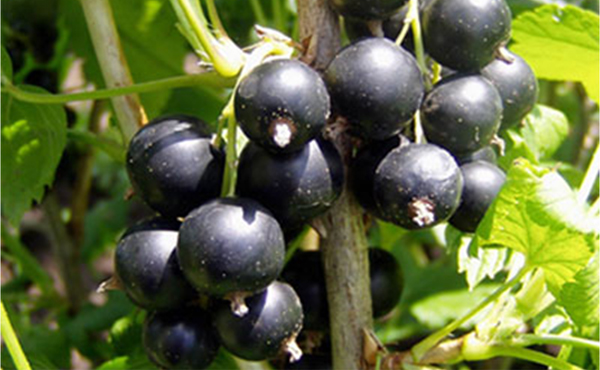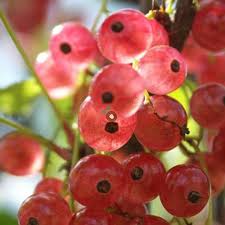Content:
Currants are easy to recognize in the garden by their pleasant aroma. Black is the most common because of its unique vitamin content and medicinal benefits. The natural habitat of the shrub is the Northern Hemisphere. There are especially many varieties of this plant in Siberia, the Far East and North America.
The process of domesticating wild currants began in the 16th century. The main task of breeding new varieties is to obtain large fruits and acquire their resistance to cold, diseases and parasites.
The method of interspecific crossing of species popular in Europe was used as the basis for the creation of sweet Belarusian currants. The hybrid was tested for 10 years in order to be in 1979 in the State Register of Recommended varieties for cultivation of Belarus.
Description of the variety
When describing sweet Belarusian currant, the following characteristics stand out:
- Height and scope escapes the same - 1.2 m. The shape of the shrub is round, powerful. It sprouts with basal shoots: in the second year they branch, after three years they begin to bear fruit;
- Root system is located in a layer of soil, 30 cm deep. An adult plant is capable of producing deep roots. In this regard, during planting, the depth of the groundwater is taken into account;
- Escapes there are such types: mixed, fruit, bouquet, kolchatka. They are distinguished mainly by color;
- Kidney are dormant, growth and flowering. They differ in color, shape and size. The purpose of the growth buds is the beginning for the formation of basal shoots, flowering - fruits. Dormant buds can grow as a result of any unfavorable weather conditions;
- Leaves this variety has a light green hue. At the end of the branches, they are smaller and even lighter. The surface of the sheet is matte and wrinkled. Their edge is wavy and jagged. The petiole is reddish purple, long;
- Flowers a faded yellow-green hue, have 5 petals. Flowering spreads gradually from the base to the end of the brush;
- Brush formed simultaneously with flowering. When the ovary appears, it increases to 7 cm. Ripening of berries goes sequentially, in the same order as flowering. Clusters can form in clusters;
- Berry round, fragrant. In different stages of maturation, it changes color from green to dark purple. The skin of the berry is dense and shiny and contains flavonoids. Each berry weighs up to 1.6 g. Inside contains up to 37 small seeds. Berries contain a large amount of ascorbic acid, which is why they have a sweetish and at the same time sour taste. When overripe, the fruits crumble, their sweetness almost does not change;
- You can get up to 5 kg of berries from one bush. The greatest yield falls on the 6-8 year of the life of the bushes. This indicator is not affected by unfavorable weather conditions during flowering.
Other features of the variety:
- the bud is medium in size, has a slight pink and gray color;
- the leaf has pronounced teeth;
- the petiole is green in summer, and by autumn it changes its color to purple;
- berries on a bush can hang for a long time.
Where can the variety be applied
This is a versatile variety of currants. It can be used for the following purposes:
- for the preparation of vitamin preparations and anti-inflammatory ointments (and for this purpose, not only berries are used, but also buds and leaves);
- as a plant used for landscape design;
- as a honey plant (you can get up to 30 kg of honey per hectare);
- as a flavoring for drinks;
- as a spice for pickling (leaves are used);
- for the production of currant juices, compotes, wines, various types of sweets.
Currants can be frozen for long-term storage. In this case, it retains the aroma and taste of fresh berries.
Sweet Belarusian currant is an excellent variety for growing in the conditions of Belarus. Its berries are a source of vitamins and a valuable medicine. The plant should be planted in every garden or summer cottage.
Plant agrotechnology
To get a good harvest of this round-fruited plant, it is necessary to take proper care of it.
Reproduction of currants
The traditional breeding method is division. For this, the bush is dug up and divided into parts. If you put it in a new place, then a new plant is formed.
The soil
Small slopes and non-swampy areas are suitable for currants. Gives good yields on loamy soils. They must drain well and retain water. Groundwater should be at a depth of about 1, and even better 1.5 m.
Swampy soil is not suitable for currants. It will not grow in the vicinity of sedge: this plant is a source of goblet rust.
Before planting, the soil must be prepared: put manure into the hole, sprinkling it with earth. If there is no manure, then peat with mineral fertilizers is used.
Planting, watering and feeding
During planting, the amount of water should be calculated so that there is a bucket of water for one bush. In the future, watering occurs during the period of berry pouring as needed, depending on weather conditions. For normal moistening of the soil layer, 40 cm deep, you need up to three buckets of water.
During flowering, fertilizing with nitrogen fertilizers is necessary, during berry loading - with universal fertilizers, and after picking berries - with potash and phosphorus fertilizers.
Growing technologies
To obtain a large yield and large berries, it is advisable to practice intensive growing technology. For this, the bushes are planted half a meter in a row. One and a half meters are left between each row. The bushes are kept small by intensive pruning. With this technology it is possible to have a large number of medium-sized berries.
Care advice
In order for the variety of Belarusian sweet currant to bear fruit, it is necessary to properly care for the plant:
- You should choose the right place for planting the plant. It should be protected from strong winds and well lit. Swamps should not form in it. The acidity index of the soil should not be higher than pH 7;
- It is better to plant currants before October 15. Transplants should be avoided;
- It is necessary to create conditions for any type of pollination;
- The buds need to be able to grow. For this, the bush is initially planted at an angle of 45º;
- Spring pruning is recommended after winter;
- Regular watering of the plant should be observed, at the rate of up to 10 liters per one bush;
- Before watering, you need to loosen the soil. Weeding must also be done;
- The currants need to be sprayed with a solution of copper sulfonic acid, 2 times during the season;
- During the preparation of the bush for the winter, you should remove all dried leaves and tie it closer to the roots;
- The distance between the bushes must be kept at least one and a half meters.This is due to the fact that the plant grows intensively and each bush needs enough space.
A good harvest is impossible without thinning and renewing the stems. For better branching, you should shorten the branches. From the sixth year of life, old shoots must be replaced with complete pruning.
Advantages and disadvantages of the variety
Benefits of Belarusian currant:
- early onset of fruit formation (already in the second year of life);
- self-pollination (pollination - up to 72%);
- effective fruiting, and it is repeated every summer;
- fruits ripen by half of the second month of summer;
- berries have excellent taste;
- bushes of black Belarusian sweet currant are not afraid of cold and frosty winters;
- the plant is resistant to microbial lesions and tick-borne diseases;
- bushes can be propagated by cuttings.
There are no disadvantages of the variety in question: it has positive properties and is suitable for many farms.
